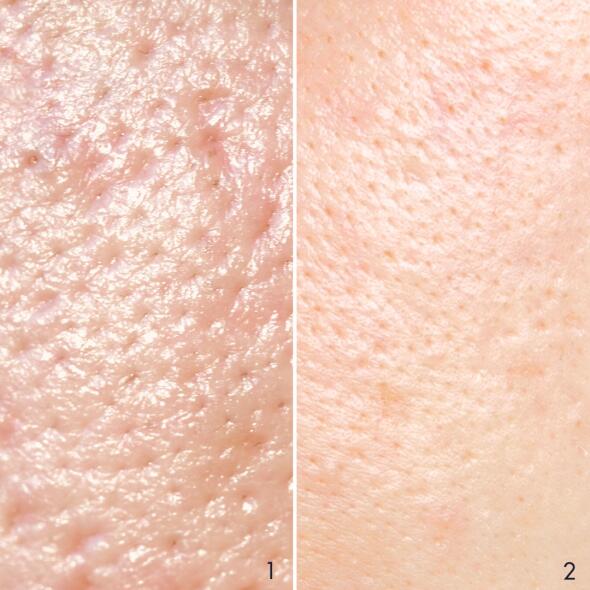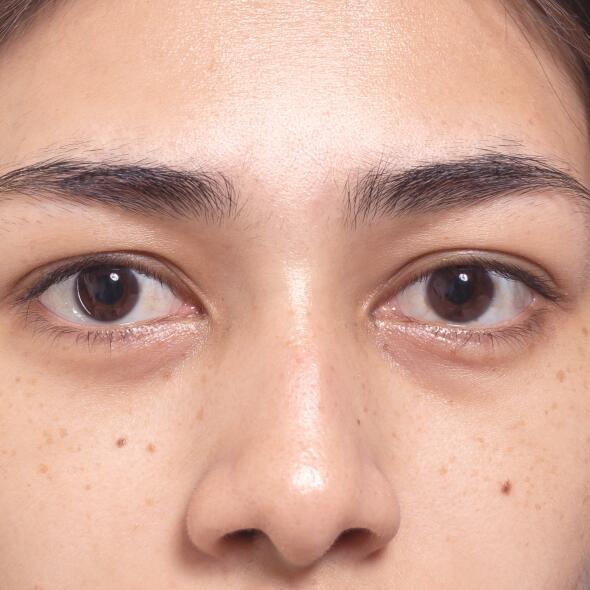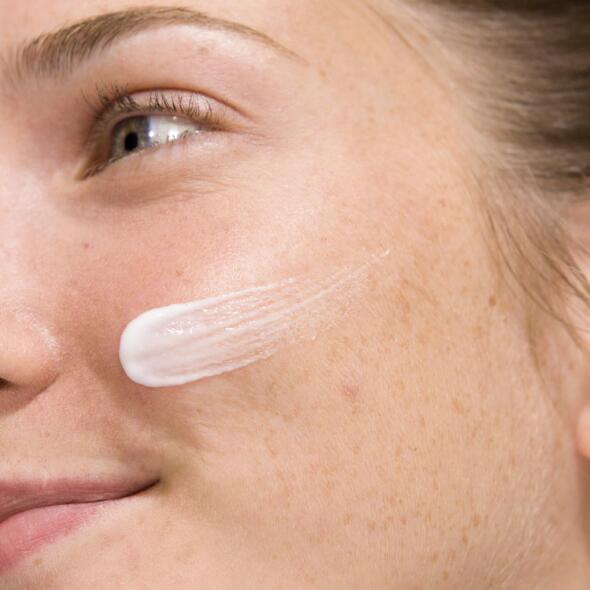The characteristics of our skin change depending on the area of skin: the skin on our eyelids and skin on our palms or armpits, for example, have a very different anatomy and function differently. Just in terms of the face, the skin on our cheeks, forehead and chin, have different characteristics.
“Combination” skin is common and can be a reason for dermatological consultation because it is difficult to look after.
Combination skin is not a skin type in its own right as it can be dry or oily (hyperseborrheic). It is characterised by an oily t-zone (forehead, nose and chin) and normal to dry (or even flaky) skin on the rest of the face.







